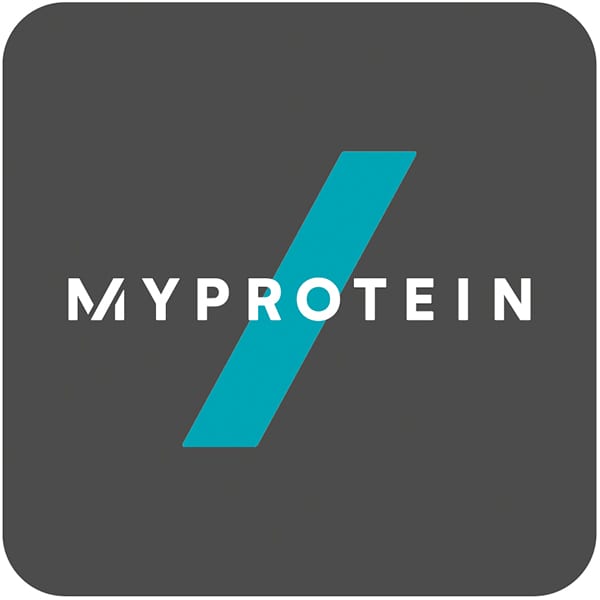
There are many myths about training for strength and whether it’s better to constantly go for 1RMs or to stick to a 5x5 programme. This article will detail a number of methods you can use to increase your strength through rep ranges, techniques, different exercises and equipment choices.
First and foremost, let’s get the basics out of the way. If you want to increase your strength, you’ll need to perform your strength based exercises before anything else; otherwise, you’ll be taxed and won’t be lifting as much as your potential. Moreover, identify the four big lifts and be sure to incorporate all of them into your training routine for overall strength gains.The Big Four |
Compound Movements
#1 Deadlifts
Deadlifts are the exercise in which you’ll naturally be able to shift the heaviest amount of weight out of the four main lifts; these are very taxing on the Central Nervous System (CNS) and so you must be sure to perform them with correct form efficiently. Using deadlifts will improve the pulling strength in your back, as well as the pushing strength of your legs. Your grip will also become a lot stronger with the more weight you’re handling.#2 Bench Press
The bench press is an essential movement for increasing strength in the chest and triceps. You may also wish to incorporate close-grip bench presses for more isolation on the triceps, however conventional willpromote a greater amount of overall strength gains in the chest and triceps with assistance from the delts.#3 Squat
When it comes to increasing strength of your lower body, the squat is the most important exercise. Squats require involvement of the glutes, hamstrings and of course the quadriceps. On the eccentric part of the movement the hamstrings and glutes will guide the weight down through the right plane of motion and then help you to come up from ‘down in the hole’ to parallel.
Your quadriceps will then take over the movement and fire concentrically to complete the movement so be sure to squat just below parallel for the optimal form; using lifting shoes will also help a lot with your form.#4 Overhead Press
In terms of upper back and deltoid strength, the overhead press is another pushing movement which is excellent. This exercise may be the most dangerous, as the weight is situated over your head at the end of the movement and you’ll need good balance and stabilising muscle strength as well as power to perform the movement.By engaging your lats at the bottom of the movement and bringing your head through the bars range of motion when pressing you’ll find the movement more comfortable and you’ll be able to lift more weight compared to just pressing upwards.Rep Ranges and Methods
You should be aware by now that rep ranges from 6-12 are generally considered as hypertrophy rep ranges (muscle building) and anything above 12 is heading towards muscular endurance. Strength training adopts the opposite approach; less reps and heavier weight = more focus on strength. Rep ranges from singles to sets of 5 are the most optimal for gaining strength and I’ll quickly explain why and suggest a couple of different methods you may want to try (you’ll use the same rep ranges and method for each of the big 4 lifts).Wendler’s 531
>This is a strength focused training program which uses rep ranges from 1+ to 5. Arguably one of the most specific methods for training strength, Wendler’s 531 requires you to work out your own weights based off percentages of your training max (90% of your 1RM) which takes into consideration days when you’re feeling lethargic.
The first week of exercises in 531 are 3 sets of 5 reps, each set increases in percentage of weight compared to the training max which are 65%, 75% and 85%. In the second week, the exercises are performed in 3 sets of 3 reps. By the final week, the reps change to one set of 5, one set of 3 and one set of 1+. On the final set of each exercise, the highest number will be a ‘+’, which signals that you should perform at least 1 rep but as many as you can. The reason for this is that you’ll be saving energy through the previous sets and your body will be efficiently warmed up through the short rep ranges and lighter percentages that the final set acts as a shock to the system and this is where the majority of your strength gains will be made.5x5 Training Method
Another method of strength training is by using the 5x5. This method doesn’t require too much explaining; you’ll simply perform 5 sets of 5 reps on each of the big 4 lifts each week.
You’ll perform the 5 sets leading up to a final set around 80% of your 1RM; it’s important that you start off the first 4 sets by increasing the weight each time, similarly to Wendler’s 531 method as strength training takes time and you will simply stall in progress if you attempt to perform 5x5 on 80% of your max constantly. Strength Tips
1) Use powerlifting shoes (lift in the heel) for squatting in order to hit a better range of motion. 2) Adopt a low-bar stance when squatting for more power3) Try sumo-deadlifts instead of conventional or vice-versa to find which one is most comfortable4) Work on your lower back flexibility and hip flexors in order to create a good arch in your lower back for bench-pressing5) Be sure to breathe in at the top of each movement and exhale on the concentric contractions for the most power6) Make sure you’re increasing the percentages of weight used, or the weight used each set (progressive overload)7) Supplement Creating (5g each day) - For new users, load creatine for the first 5 days (5g x4 each day) and then continue to take 5g per day thereafter. Training for Strength
AND Hypertrophy
If you’re looking to increase your strength as well as build more muscle, you’ll want to perform your strength work before your hypertrophy work; that way you’ll be able to make good progress in both areas, as hypertrophy doesn’t require you to use as much weight.When it comes to creating a plan which suits strength based training as well as hypertrophy, you should perform your strength session (for example; 3x3 on deadlifts) before you head into your hypertrophy work, EG; a back and biceps workout. If you wish to perform your sessions at different times of the day or on different days, this is perfectly fine as long as you perform the strength based work first. Be sure to perform your compound movements first as part of your hypertrophy work as well. If you’re performing your strength and hypertrophy work separately, make sure you only perform the one exercise related to strength training on the one day. Strength Training |
Full Body Workout
A good way to plan out your strength training is to separate your session into 4 days, for example;Day 1 | Deadlifts 3x3
(Optionally followed by your usual back and biceps routine)Day 2 | Squats 3x3
(Optionally followed by your leg day/lower body routine)Day 3 | Bench Press 3x3
(Optionally followed by your usual chest and triceps routine)Day 4 | Overhead Press 3x3
(Optionally followed by your usual Shoulder routine)Note: You could adapt these four sessions into a Pull/Legs/Push split etc.I personally perform 4x strength sessions per week and 6x hypertrophy sessions; my strength training is done before my hypertrophy training and I rotate my split using Pull/Legs/Push/Pull/Legs/Push.On the first ‘Pull' day I perform Deadlift strength training beforehand. On the first ‘Leg' day I perform Squat strength training beforehand. On the first ‘Push' day I perform bench-press strength training. On the second ‘Push' day (Day 6 of the week) I perform my overhead press. This leaves two days between my strength type training on pushing movements so I’m not taxed for the OHP.Take Home Message
Be sure to perform the big 4 lifts following a strength based programme each week.
You should always complete your strength training before hypertrophy or muscular endurance training so that you can use heavier weights when training for strength and you're not fatigued.

Myprotein World’s leading online sports nutrition brand Founded around a kitchen table in 2004, Myprotein’s vision has always been to revolutionise how we power movement.
In 2011 Myprotein became part of the THG family, and by 2016 we proudly claimed the title of the world’s leading online sports nutrition brand.
Over the last 20 years, we’ve created game-changing supplements like Clear Whey and Dry Scoop Pre-Workout and launched new brands tailored to your needs including MP, Myvitamins, Myvegan and MyPRO.
We exist to break boundaries. To help you cut through the noise in the fitness industry and get down to the information you can trust. Our blog features articles from trusted PT’s, nutritionists and dieticians with tons of experience in the industry. We listen to what topics you’re interested in, and dip into our pool of experts to give you information you can trust.









